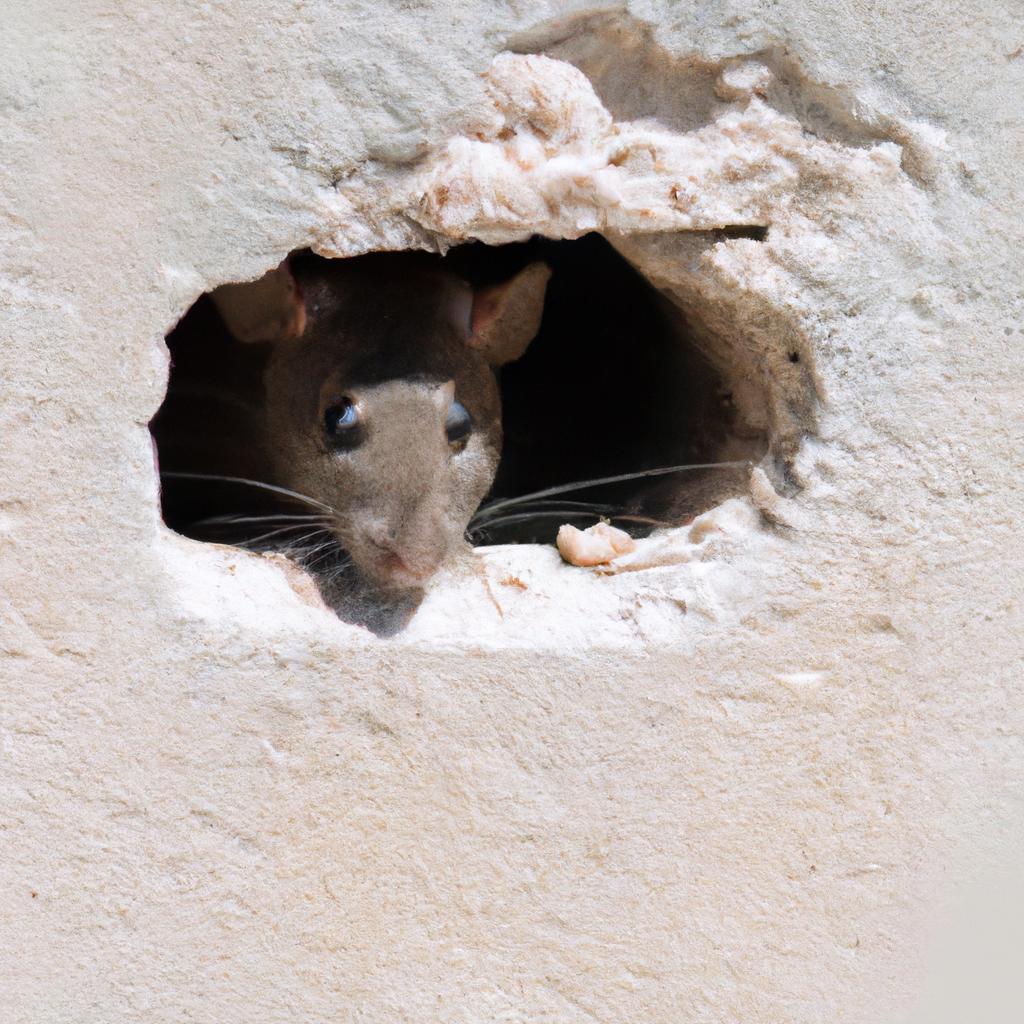Rats, those mischievous little creatures, are not only a nuisance but also bring with them a host of problems. From damaging properties to spreading diseases, they can wreak havoc if left unchecked. In this article, we will delve into the intriguing behavior and movements of rats, exploring why they move and the dangers they pose. We will also reveal effective methods to prevent and control rat infestations.
Unraveling Rat Behavior
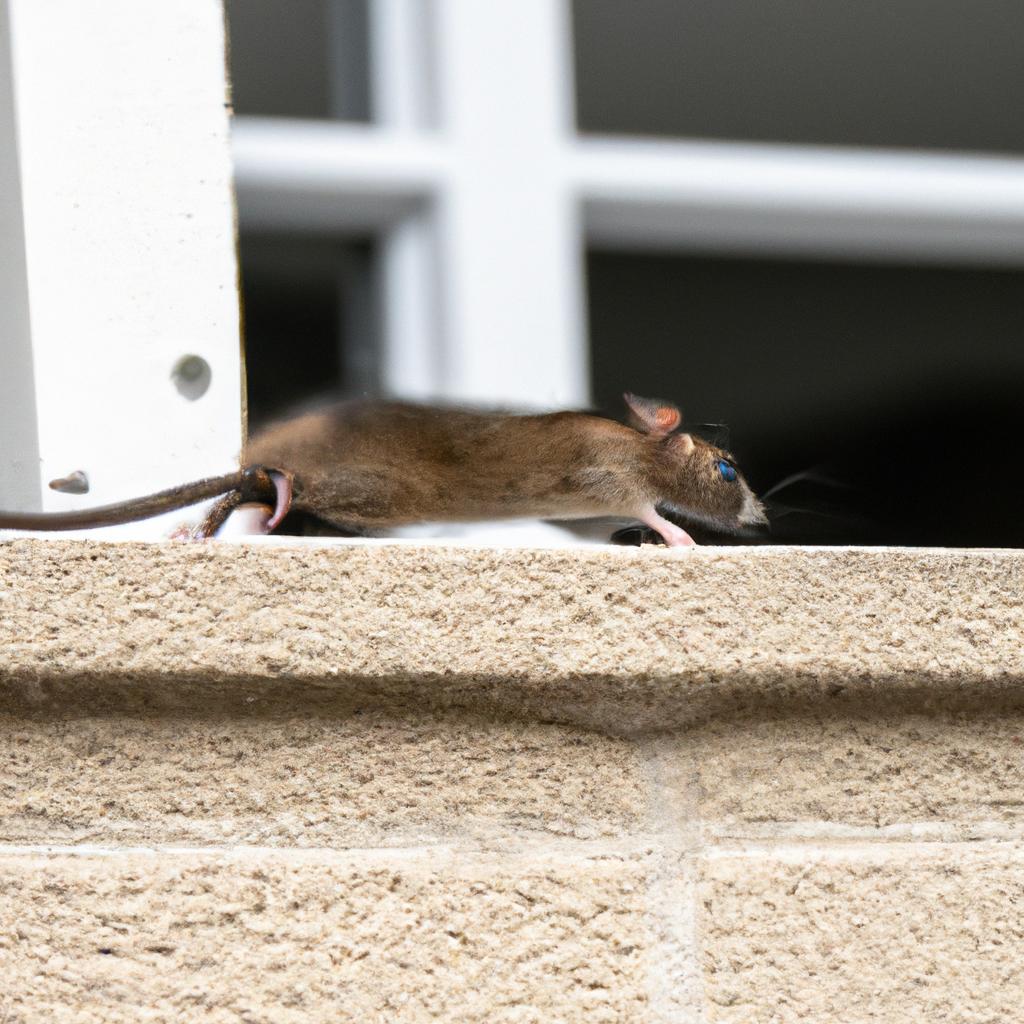
To effectively control rat infestations, it is vital to understand their behavior. Rats are highly intelligent and adaptable creatures, making them formidable foes when it comes to pest management. Active mostly during the night, they are masters at evading detection during the day.
Living in colonies, rats are social animals. A typical rat colony consists of a dominant male, several females, and their offspring. These rodents are skilled climbers, scaling heights of up to three feet effortlessly. This agility allows them to access food sources and invade buildings with ease.
Rat behavior is influenced by various factors, including breeding cycles, food availability, and environmental conditions. They are particularly drawn to places abundant in food and water, such as garbage cans, pet food, and bird feeders. Additionally, areas providing shelter, like cluttered basements, attics, and crawl spaces, attract these clever critters.
Gnawing, burrowing, climbing, and running are common behaviors exhibited by rats. With their continuously growing incisor teeth, they gnaw on various materials, including wood, metal, and plastic. They burrow through soil, dirt, and even concrete to create nests and escape from predators. Amazingly, they can climb walls, trees, and pipes effortlessly. Rats are also speedy runners, reaching speeds of up to 9 miles per hour, and they are strong swimmers, covering half a mile effortlessly.
Understanding the behavior and movements of rats is crucial in preventing and controlling infestations. Now, let’s explore the reasons behind their relentless movement.
Why Rats Move
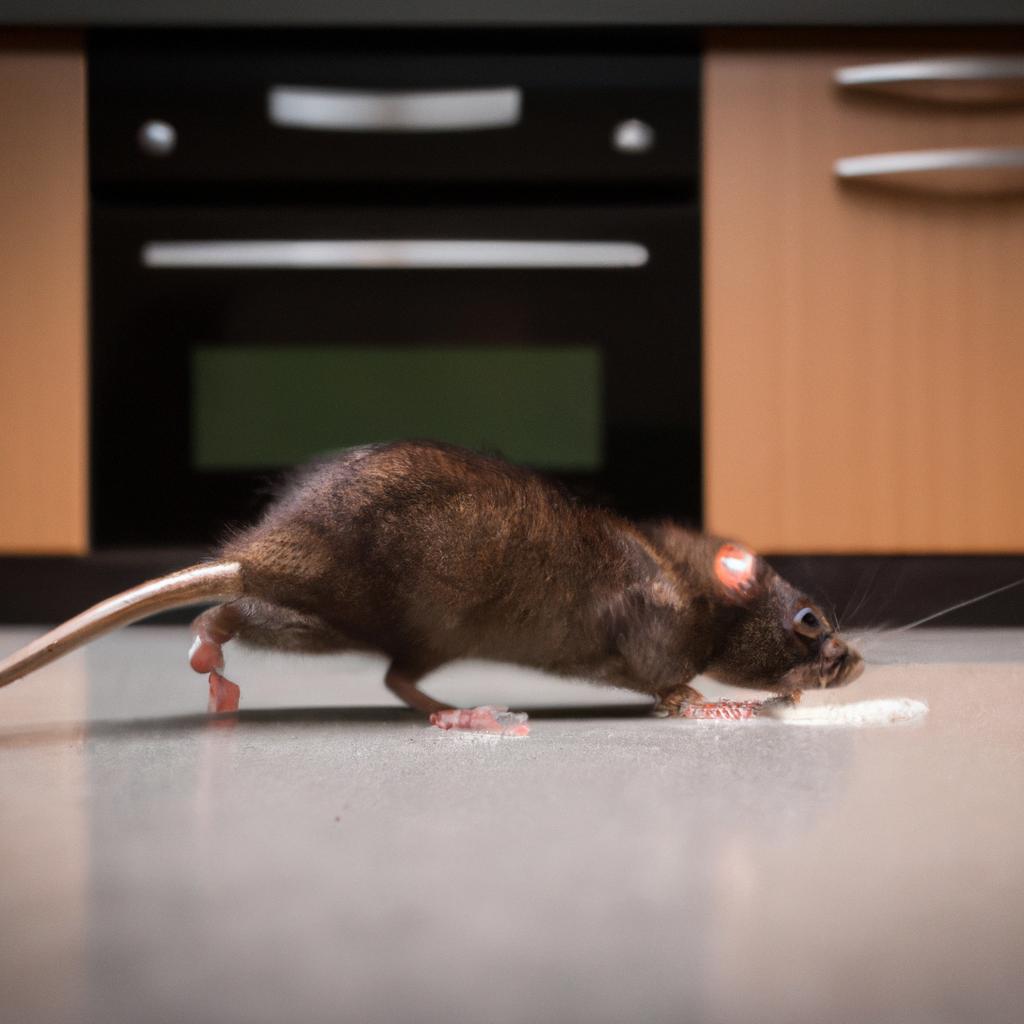
Rats have various motivations for their constant movement. Let’s shed light on the primary reasons behind their nomadic behavior, helping us identify potential areas prone to infestations and take preventive measures accordingly.
Natural Instincts
Rats possess an inherent instinct to explore and seek new habitats. Driven by their insatiable curiosity, they are always on the lookout for new environments that provide ideal conditions for survival and reproduction. In their quest for food, water, and shelter, rats can travel long distances.
Search for Food and Water
Opportunistic feeders, rats are not picky eaters. They consume almost anything, be it garbage, pet food, or birdseed. To thrive and reproduce, they require a steady supply of food and water. Rats possess a remarkable ability to detect these vital resources from afar and will traverse great distances to reach them.
Seeking Shelter and Safety
Rats are attracted to places that offer them refuge and sanctuary from predators. They excel at locating and creating hiding spots, such as burrows, crawl spaces, and attics. In their quest for better shelter and protection, rats frequently relocate to new areas.
Mating and Reproduction
Rats reproduce at an alarming rate, necessitating the search for new habitats to accommodate their expanding colonies. Female rats can produce up to six litters each year, with each litter containing six to twelve offspring. Consequently, rats tirelessly move to find suitable mates and breeding grounds.
Understanding why rats move is vital in averting and managing infestations. Now, let’s explore the perils associated with rat movements.
The Perils of Rat Movement
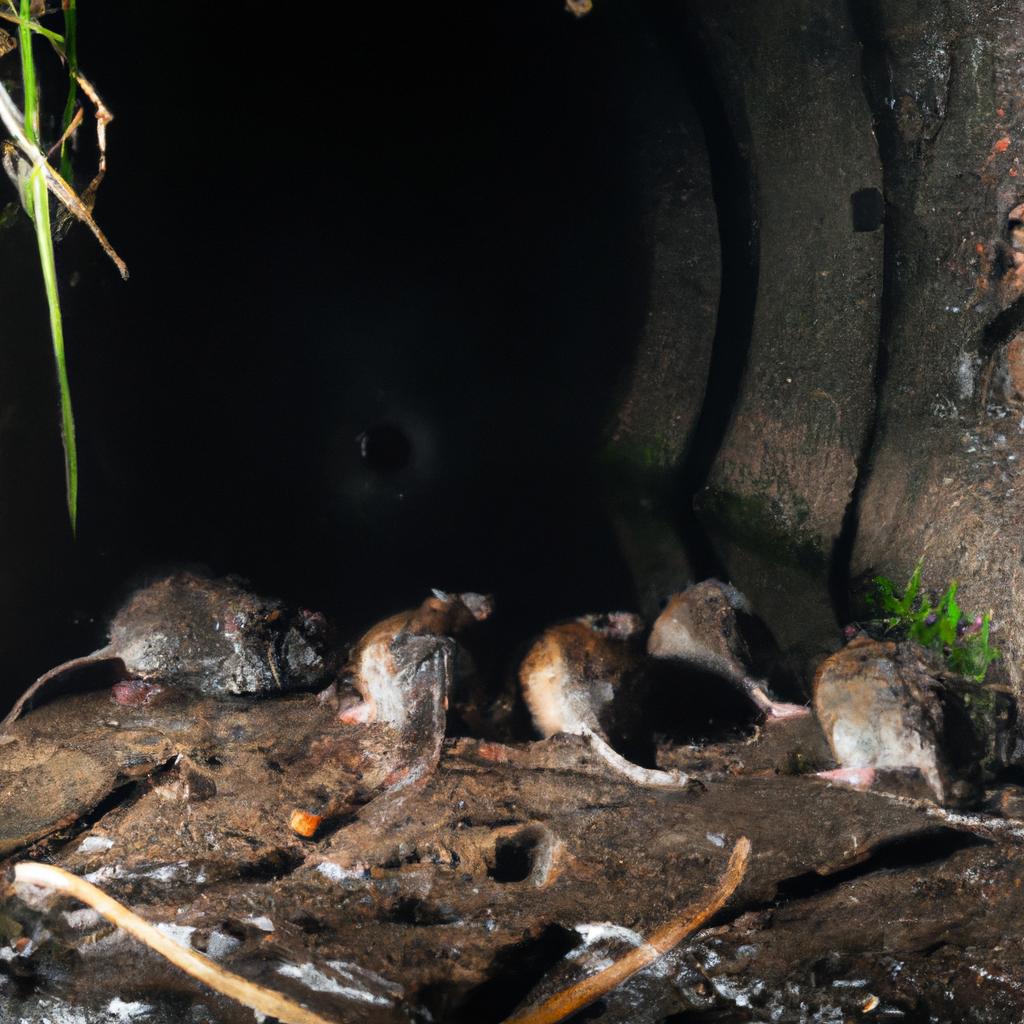
Rat infestations pose substantial risks to both property and health. Let’s delve into the dangers associated with rat movements:
Health Risks
Rats are carriers of various diseases that can be transmitted to humans through contact with their urine, droppings, and saliva. A few examples of these diseases include leptospirosis, hantavirus, salmonellosis, and rat-bite fever. Furthermore, rats harbor fleas, ticks, and lice, which can also transmit diseases to humans and pets.
Property Damage
Equipped with sharp incisor teeth, rats gnaw incessantly on materials such as wood, plastic, and metal. Their destructive nature can cause significant damage to properties, including electrical wiring, plumbing systems, and insulation. Their penchant for chewing through walls and floors also creates entry points for other pests.
Economic Impact
Rat infestations can impose a considerable economic burden on businesses and homeowners alike. Repairing the damage caused by rats can be costly, and the expenses associated with professional extermination services add up. Additionally, rat infestations can result in lost revenue and diminished property values.
Preventing Rat Movement
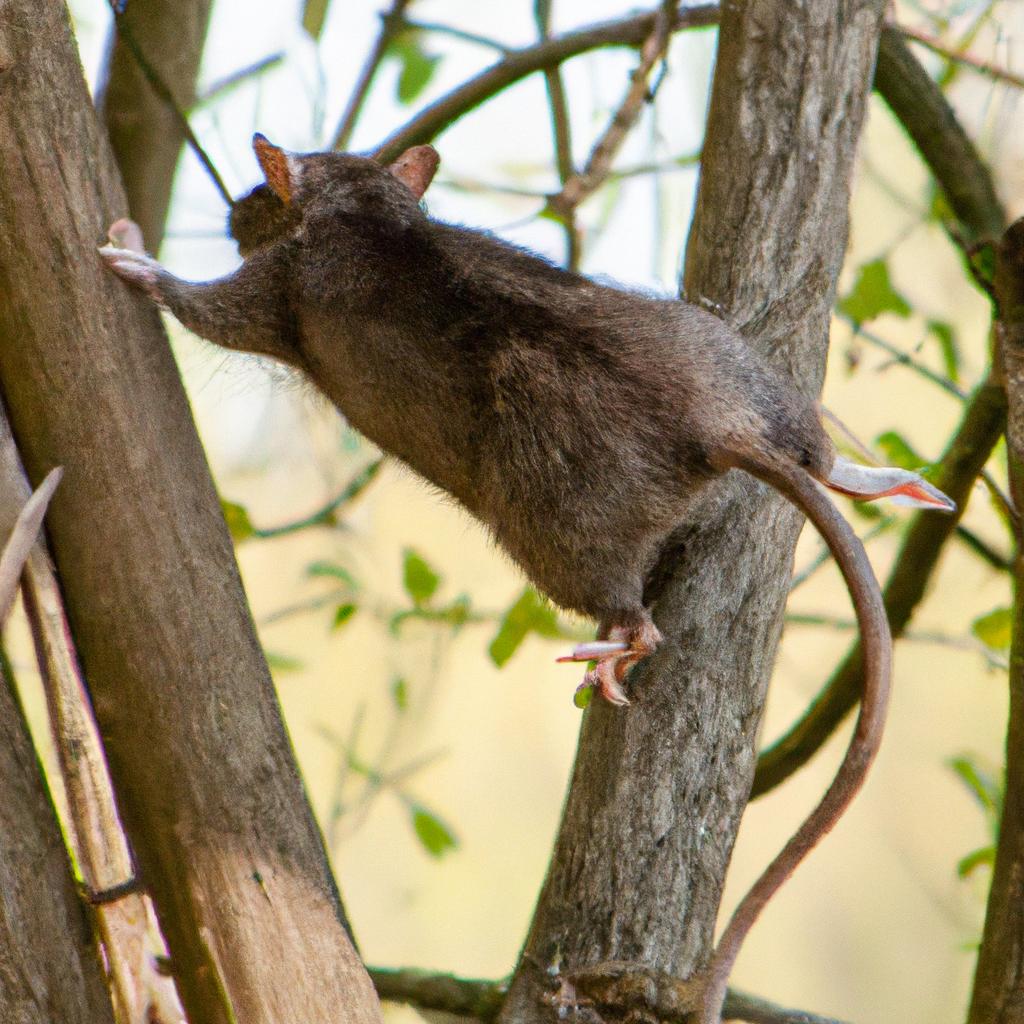
Preventing rat movement is paramount in effectively controlling and warding off infestations. Let’s explore some proven methods to prevent rat movement:
Rat-Proofing Your Property
Creating a rat-proof environment involves sealing all potential entry points, such as gaps in walls, roofs, and floors. It is crucial to ensure that windows and doors have tightly-fitted screens and weather stripping. Maintaining cleanliness and orderliness on your property, along with storing food and garbage in secure containers, further deters these pesky intruders.
Effective Rat Control Methods
Methods like trapping and poisoning have proven effective in rat control. Traps baited with enticing treats can capture rats, while carefully administered poison baits can be used with caution. It is essential to employ these methods skilfully or enlist the assistance of trained professionals.
Early Detection and Prevention
Early detection and proactive measures play a pivotal role in managing and preventing rat infestations. Regular inspections of your property can help identify potential entry points and signs of infestations. If any suspicions arise regarding rat activity, it is imperative to contact a professional pest control company immediately.
In conclusion, comprehending the behavior and movements of rats is crucial in preventing and managing infestations. Rats move due to a combination of natural instincts, the search for food, water, shelter, and mating requirements. Rat infestations can cause extensive property damage and pose health risks. Preventing rat movement entails rat-proofing your property, employing effective control methods, and ensuring early detection and prevention. By adopting these measures, you can effectively control and prevent rat infestations, safeguarding both your property and well-being.
To learn more about tackling pest problems like rat infestations, visit TooLacks, your reliable partner in pest control.
